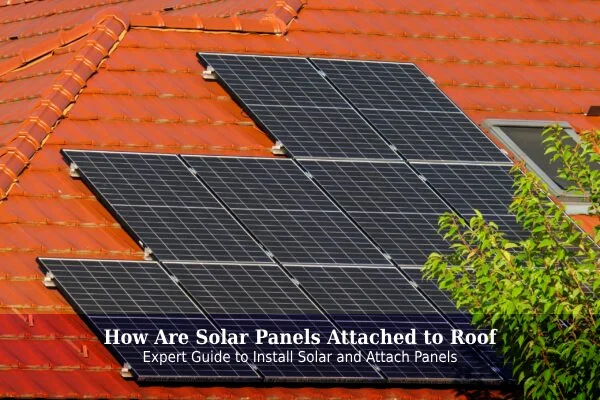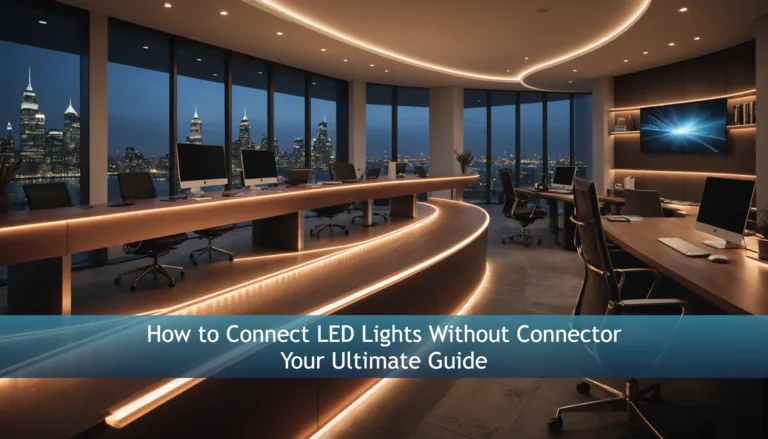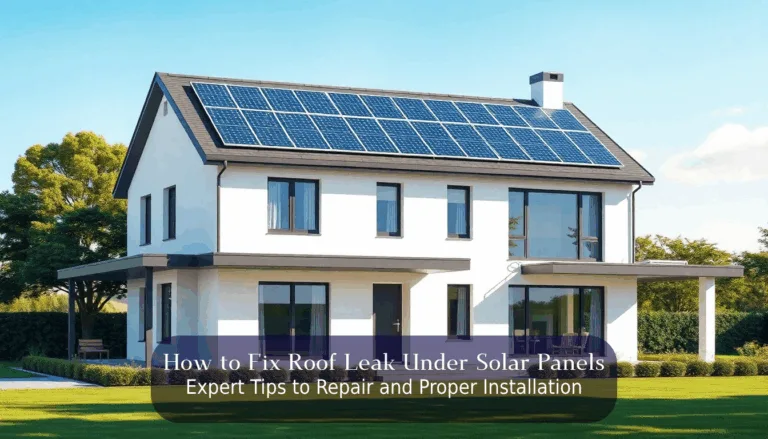How Are Solar Panels Attached to Roof: Expert Guide to Install Solar and Attach Panels
When you decide to add solar panels to your roof, how they’re attached matters more than you might think. It’s not just about slapping them on top; the process needs to safeguard your roof from leaks and withstand weather over time. Different roof types demand different techniques and hardware, so getting it right is key. Understanding these details will help you avoid costly mistakes and ensure your system performs well for years.
Understanding how are solar panels attached to roof for secure installation
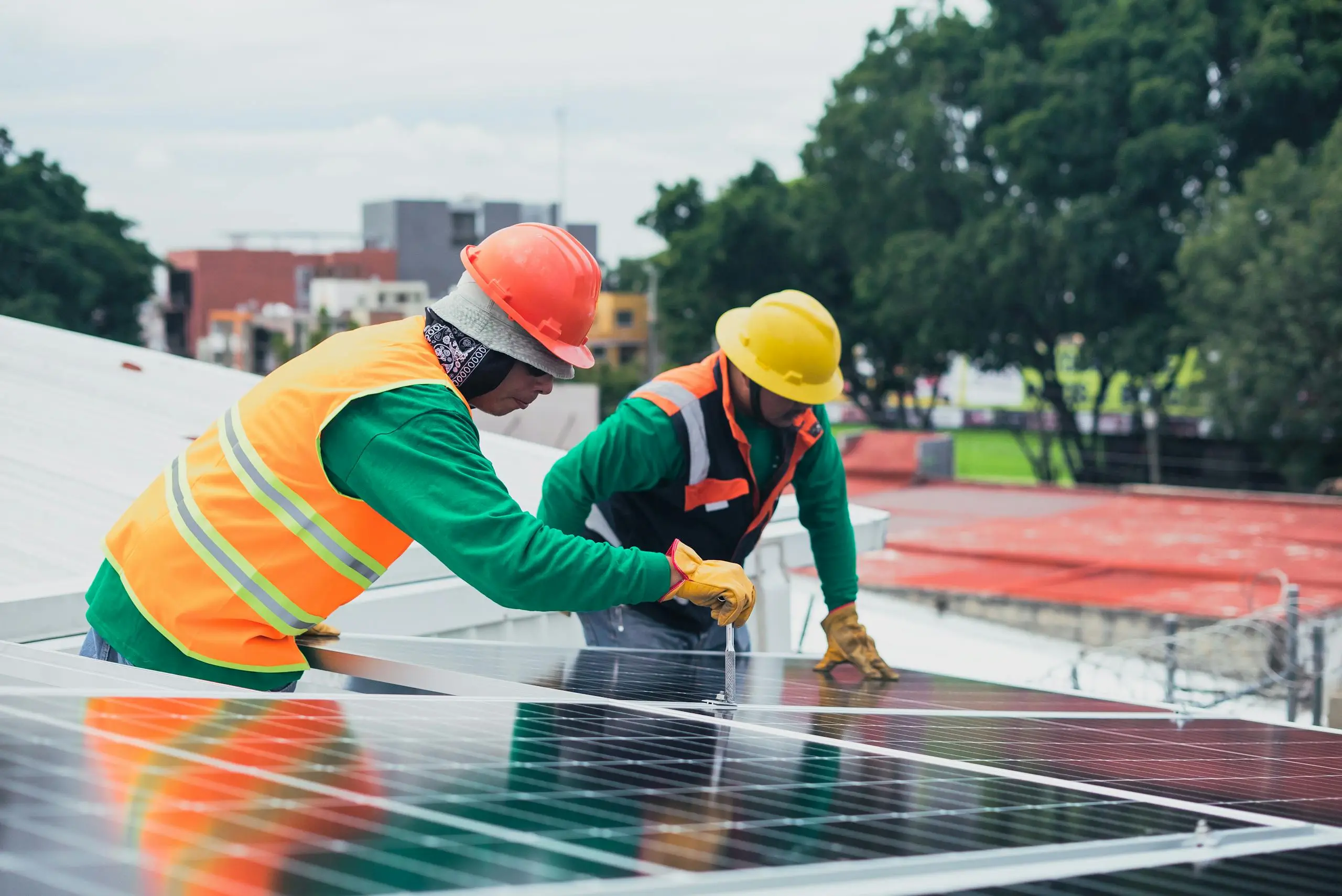
Key components used to attach solar panel securely to the roof
Although installing solar panels may seem straightforward, securing them properly requires specific components designed to withstand weather and time. You’ll rely on advanced mounting systems that minimize roof penetrations, reducing risks of leaks. A clamp-based mounting system lets you attach panels firmly without excessive penetration. Brackets create a solid interface between your roof and panels, ensuring stability and durability under harsh conditions. (EnergySage, Enphase)
| Component | Purpose | Feature |
|---|---|---|
| Mounting Systems | Secure panels with minimal penetrations | Innovative designs for strength |
| Roof Penetrations | Anchoring points | Sealed to prevent leaks |
| Clamp-Based System | Hold panels without drilling | Reduces roof damage |
| Brackets | Connect panels to mounts | Durable, weather-resistant |
These components work together so you get a secure, innovative solar installation.
Importance of selecting the right mount for solar panel installation
When you choose the right mount for your solar panel installation, you guarantee both safety and long-term performance. Different roof types demand specific mounting systems to guarantee a secure fit and ideal structural support.
Whether your roof is flat, pitched, or metal, selecting installation methods tailored to these variations prevents damage and maximizes panel efficiency. Innovative solar panel racks designed for your roof’s unique characteristics can simplify the process and boost durability.
Role of rafters in providing a sturdy base for attach solar hardware
Since rafters serve as the main structural support in your roof, they play a crucial role in securely attaching solar panel hardware. During the installation process, you’ll rely on rafters to provide a sturdy base that can bear the weight of the panels and withstand environmental stress.
When attaching hardware, it’s essential to locate these rafters accurately within the roof structure to ensure mounts are fastened firmly. This approach prevents damage and enhances the system’s longevity.
Using advanced tools to detect rafters allows you to innovate confidently, knowing your solar setup is anchored to the strongest points. Ultimately, understanding the role of rafters lets you optimize the installation process for safety and performance, transforming your roof into a reliable platform for sustainable energy.
Exploring different roof types and approaches to install solar panels
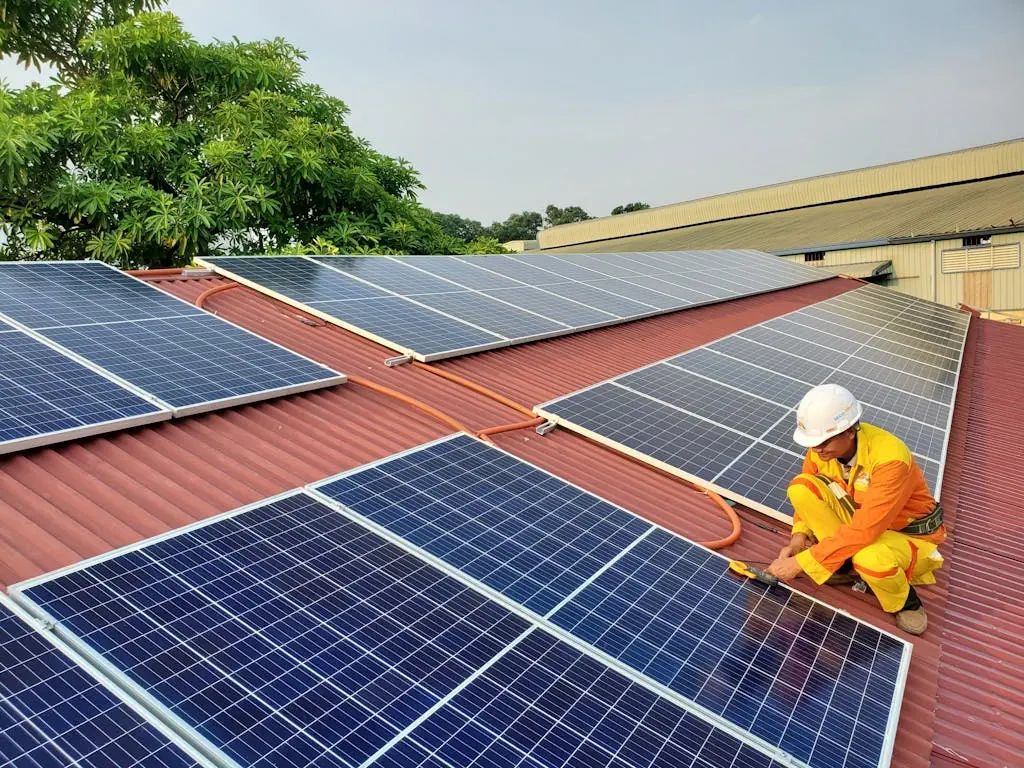
Attaching solar panels to shingle roofs: Best practices and tips
Although attaching solar panels to shingle roofs requires careful attention, following best practices guarantees a secure and weatherproof installation. When planning your solar installation, start by selecting the right mounting hardware compatible with shingle roofs.
A professional installer will carefully lift shingles to place flashing beneath, ensuring water diversion and roof protection. Use high-quality roofing sealant around all penetrations to prevent leaks and enhance durability.
Position your panels for most advantageous sun exposure, and tighten mounts securely without overdriving fasteners that could damage shingles. Throughout the process, prioritize precision and innovation—this approach not only safeguards your roof but maximizes your system’s efficiency.
References:
Solar panel installation on different roof types: tile, metal, and flat roofs
How do you approach installing solar panels on tile, metal, or flat roofs? Each roof type demands tailored installation techniques to guarantee optimal performance and durability. (EnergySage)
For tile roofs, you’ll need specialized mounting systems that gently lift panels without cracking tiles, while maintaining strong structural support. Metal roofs allow for innovative clamp-style mounts that attach directly to seams, minimizing roof penetrations.
On flat roofs, you’ll often use ballasted or tilted racking systems to secure solar panels on rooftops without compromising the roof membrane. Understanding these roof types helps you select mounting systems that balance strength, safety, and efficiency.
Challenges and solutions for solar panel mounts attached to different roof types
When working with different roof types, you face unique challenges that demand specific mounting solutions to guarantee your solar panels stay secure and efficient. For instance, tile roofs require specialized roof attachment methods to avoid cracking, while metal roofs often allow for clamp-based mounting systems that minimize penetration.
Flat roofs pose installation challenges as you must consider ballast mounts or angled racks to optimize sunlight capture. Understanding the structural support each roof type offers is vital; you’ll need to assess load capacity to prevent damage.
Innovative mounting systems now cater to these diverse roof types, enabling safer, faster installations without compromising durability. By selecting tailored roof attachments, you secure your solar setup, maximize performance, while overcoming installation challenges effectively.
Expert recommendations for safe and efficient solar panel installation
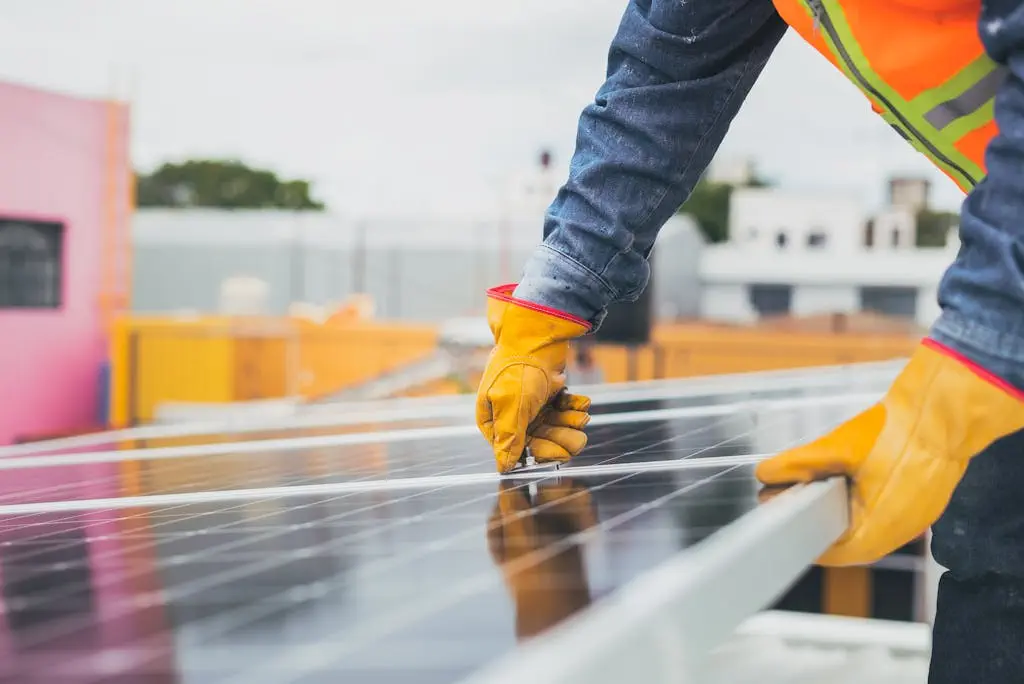
How to choose suitable mounts and materials for attach solar panels
Selecting the right mounts and materials plays a crucial role in ensuring your solar panels stay secure and perform efficiently. Start by evaluating mounting systems that fit your roof compatibility—whether asphalt shingles, metal, or tile—to guarantee a seamless solar panel attachment.
Choose installation materials designed for durability and resistance against weather elements, ensuring long-term structural support. Opt for innovative mounts that simplify installation while maximizing stability and load distribution. Don’t overlook corrosion-resistant components to maintain system integrity over time. By aligning your mounting systems and installation materials with your roof’s unique structure, you’ll enhance safety and efficiency.
This strategic selection fuels your solar investment’s success, delivering dependable energy while preserving your roof’s health.
Step-by-step approach to installing solar panels and attaching to the roof
Although installing solar panels may seem complex, following a clear, step-by-step approach guarantees safety and efficiency throughout the process.
- Begin by evaluating your roof type and structural integrity to confirm it can support the solar panel system.
- Next, prepare the mounting hardware tailored to your roof, ensuring proper installation.
- Finally, mount the panels securely, aligning them for maximum sunlight exposure.
- Inspect and reinforce your roof’s structure as needed.
- Choose mounts compatible with your roof type for stability.
- Attach panels firmly, sealing all penetrations to prevent leaks.
Common mistakes to avoid when installing solar panels on the roof
When installing solar panels on your roof, avoiding common mistakes is crucial to guarantee safety and maximize efficiency. One frequent installation error is neglecting roof integrity—always inspect and reinforce your roof before mounting panels.
Skipping leak prevention steps, like properly sealing penetrations, can lead to costly water damage. Don’t overlook safety precautions; use appropriate gear and follow guidelines to prevent accidents.
Another common mistake is improper panel alignment, which reduces energy output and shortens system lifespan. Ensure mounting hardware suits your roof type to avoid structural issues.
Current research and advances in mounting solar panels on roofs
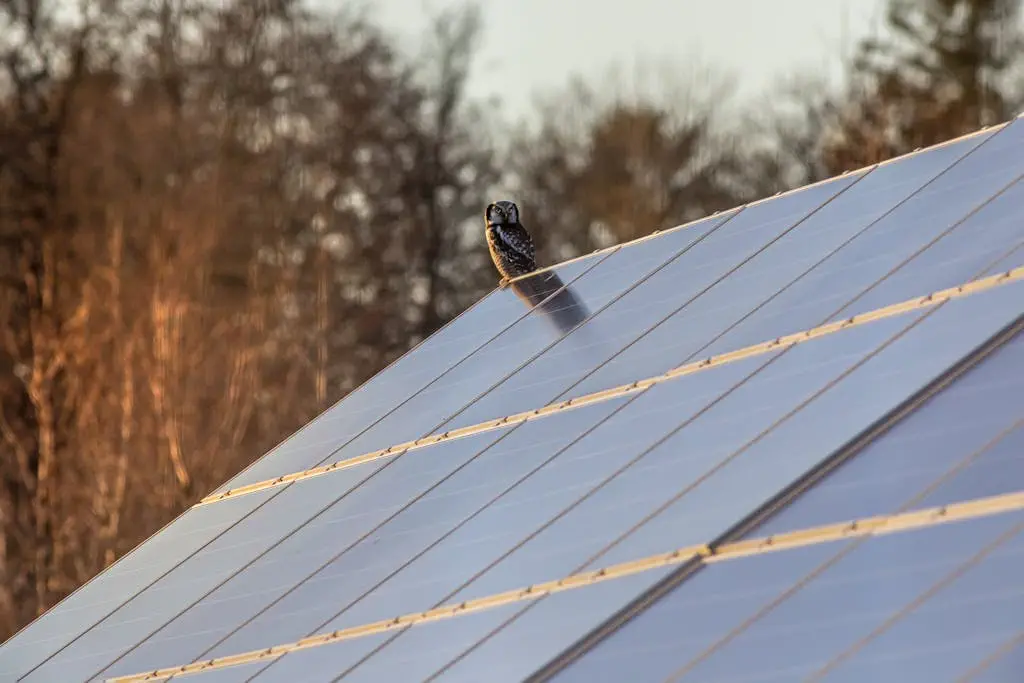
Innovations improving solar panel mounts and roof attachment efficiency
As solar technology advances, manufacturers are developing innovative mounting systems that make attaching panels to roofs faster, safer, and more efficient. These innovations enhance roof attachment by simplifying installation while boosting durability and performance. You’ll notice mounts designed to reduce labor time and material waste, improving overall efficiency.
Here are some cutting-edge features transforming solar panel installation:
- Tool-free snap-in mounts that speed up attachment without compromising stability
- Adjustable rails allowing easy customization for different roof angles and surfaces
- Lightweight composite materials that reduce load on your roof while maintaining strength
Studies on long-term effects of solar panel installation on roof integrity
Although solar panels offer significant energy benefits, recent studies focus on their long-term impact on roof integrity to guarantee lasting safety and performance. Researchers analyze various installation methods to minimize structural impact, ensuring your roof material remains uncompromised over time.
Innovative mounting systems now distribute weight more evenly, reducing stress and potential damage. Studies also highlight how certain roof materials interact differently with panel attachments, influencing durability and maintenance needs.
Importantly, proper installation safeguards your roof warranty by preventing leaks and deterioration. By understanding these advances, you can confidently choose solutions that protect your roof’s lifespan while maximizing solar efficiency.
Staying informed about these findings helps you adopt cutting-edge practices that blend sustainability with structural care, ensuring your investment in solar panels stands the test of time.
Addressing misconceptions about solar panel installation and roof damage
Recent studies not only evaluate the long-term effects of solar panel installation on roof integrity but also tackle common misconceptions about potential roof damage. You might worry that attaching panels compromises your roof, but modern mounting systems actually protect it while meeting strict safety standards.
Installation misconceptions often stem from outdated methods or poor workmanship, not the technology itself. Here’s what you should know:
- Advanced mounting systems seal penetrations effectively, preventing leaks and preserving roof integrity.
- Certified installers follow rigorous safety standards, minimizing risks of roof damage.
- Properly installed panels can even shield your roof from harsh weather, extending its lifespan.
Case studies and future trends in solar panel attachment on roofs

Success stories demonstrating different attach methods on various roof types
When exploring how solar panels attach to different roof types, success stories reveal practical methods that balance durability and ease of installation. You’ll find that attaching panels varies markedly depending on roof types, but innovation drives each solution.
For instance, solar panels on your roof with a standing seam metal roof use clamps that avoid penetration, preserving the roof’s integrity. Other case studies highlight:
- Tile roofs utilizing specialized hooks that secure panels without damaging tiles
- Asphalt shingle roofs where flashing and rails provide a watertight, sturdy mount
- Flat roofs implementing ballasted racking systems that eliminate the need for roof penetration
These examples show how adaptive installation methods embrace roof diversity, ensuring your solar setup is both efficient and lasting.
Long-term considerations for maintaining solar panel installation on roof
Although installing solar panels correctly is essential, maintaining them over time guarantees their performance and protects your roof’s integrity. To ensure long-term success, you need regular maintenance checks focusing on leak prevention and structural soundness.
Always engage a qualified electrician to inspect electrical connections and verify system safety, preserving warranty validity. Case studies highlight that proactive upkeep extends panel lifespan and avoids costly roof damage.
Paying attention to sealants and mounting hardware prevents water infiltration, which is critical for roof integrity. Future trends emphasize smart monitoring systems that alert you to performance dips early, making maintenance more efficient.
Emerging approaches and technologies to improve how solar panels are attached to roofs
As solar technology advances, innovators are developing new methods to attach panels more securely and efficiently to roofs. You’ll find emerging technologies reshaping solar panel attachment, optimizing for various roof types and improving installation techniques.
Cutting-edge mounting systems now integrate flexible materials and smart sensors, enhancing durability and monitoring structural integrity in real time. Consider these trends:
- Magnetic mounting systems that reduce roof damage and speed up installation
- Adhesive-based attachments designed for flat or low-slope roofs, eliminating penetrations
- Modular, adjustable mounts that adapt to diverse roof types and angles with minimal tools
Conclusion
Now that you understand how solar panels attach to different roof types, you can guarantee a secure and leak-free installation. Remember to follow expert tips like using proper flashing, sealing, and mounting directly to structural supports. Staying updated on the latest mounting technologies will help protect your roof while maximizing performance. With the right approach, you’ll enjoy a durable, efficient solar setup that stands the test of time and weather.
FAQs
1. What Maintenance Is Required for Roof-Mounted Solar Panels?
You’ll want to regularly clean debris and dust off your solar panels, inspect for damage or loose mounts, and make certain wiring stays intact. Doing this keeps your system efficient and innovative, maximizing your energy savings.
2. How Do Solar Panels Affect Home Insurance Policies?
You’ll want to notify your insurer when adding solar panels, as they can influence your policy. Many providers offer discounts for energy-efficient upgrades, but coverage and premiums might change, so check details to ensure you’re fully protected.
3. Can Solar Panels Be Installed on Rented Properties?
You can install solar panels on rented properties, but you’ll need your landlord’s permission first. Consider portable or temporary solar solutions to innovate without permanent changes, keeping your setup flexible and landlord-friendly.
4. What Is the Average Lifespan of Solar Panel Mounting Systems?
You’ll find solar panel mounting systems typically last 20 to 30 years, matching or even outlasting your panels. With proper installation and maintenance, your setup stays innovative and secure, maximizing energy efficiency over time.
5. Are There Tax Incentives for Installing Solar Panels on My Roof?
You’ll find exciting tax incentives for installing solar panels, including federal credits and local rebates. These rewards lower your upfront costs and boost your return on investment, making your eco-friendly upgrade even more innovative and affordable.

